Hornsdale Wind Farm has helped the ACT reach its 100 per cent renewable electricity target. Photos: File.
A wind farm in South Australia has helped the nation’s capital create a piece of history, as the final infrastructure has been put in place to help the ACT reach its 100 per cent renewable electricity target.
Consisting of 99 wind turbines located between 8 and 24 km north of Jamestown in South Australia, stage three of Hornsdale Wind Farm will begin its contract with the ACT Government today.
The 109-megawatt wind farm will generate enough renewable electricity to power the equivalent of around 58,000 homes in the ACT every year over the next 20 years.
The Hornsdale Wind Farm is the last of the 10 large-scale renewable energy generators spread across the country required to power the ACT. It means the ACT has become the first major jurisdiction outside Europe to transition from a fossil fuel-based energy supply to 100 per cent renewable electricity.
Nine years after the ACT Legislative Assembly voted to support a legislated greenhouse gas reduction target of 40 per cent by 2020, the ACT has finally reached its target. Minister for Climate Change and Sustainability Shane Rattenbury said reaching the feat has proven that climate change action is both achievable and affordable.
“This really is the final piece of the jigsaw puzzle,” Mr Rattenbury said. “It took a lot of years to work out how to get there but what it demonstrates is that if you take the clear policy position of where you want to get to and do the hard work to deliver it, you can do things that you thought at the beginning were impossible.
“This is a huge achievement in consolidating the ACT’s reputation as Australia’s renewable energy capital and is a significant milestone in achieving our ultimate goal of zero net emissions by 2045.”

Mr Rattenbury said the ACT Government is ready to maintain 100 per cent renewable electricity from 2020 into the future.
While the ACT’s four renewable electricity auctions have brought in more than $500 million worth of investment into the ACT region, it has also made Canberra the centre for high-skilled renewable sector jobs.
“When the reverse auctions went out, we did not stipulate where the generation should be but we did stipulate that there needed to be industry development inside the ACT,” Mr Rattenbury told Region Media.
“So that is why we have the only accredited wind training course in the Southern Hemisphere, which is taught at CIT Bruce. People can go there and get a globally recognised certification of their skills so they can be technical operators on wind farms.
“A number of companies have also set up their headquarters in Canberra. We have businesses on Marcus Clarke Street who are operating wind farms across the planet from Canberra.”
While Mr Rattenbury said he was proud of the ACT’s achievement, he knows the work isn’t done yet.
“For me, the thing that is most significant about this achievement is that other jurisdictions are copying what we are doing,” he said. “That is a sign of a good and effective policy when others pick up and use it.
“I am really happy about that and I want people to copy as much as they like. While I am proud of this, we still need to become a more sustainable and liveable city while adapting to rising temperatures.”
Louis de Sambucy, the managing director of Neoen Australia which owns and operates Hornsdale Wind Farm, said Neoen was proud to be a part of history.
“Neoen is incredibly proud to have supported the ACT in meeting its 100 per cent renewable energy target, by supplying electricity produced by our great Hornsdale wind farm in South Australia,” he said.
“Our aim is to continue to support Australia’s energy transition by providing firm and affordable power 24-hours a day to Australians, creating a cleaner future for all.”





















